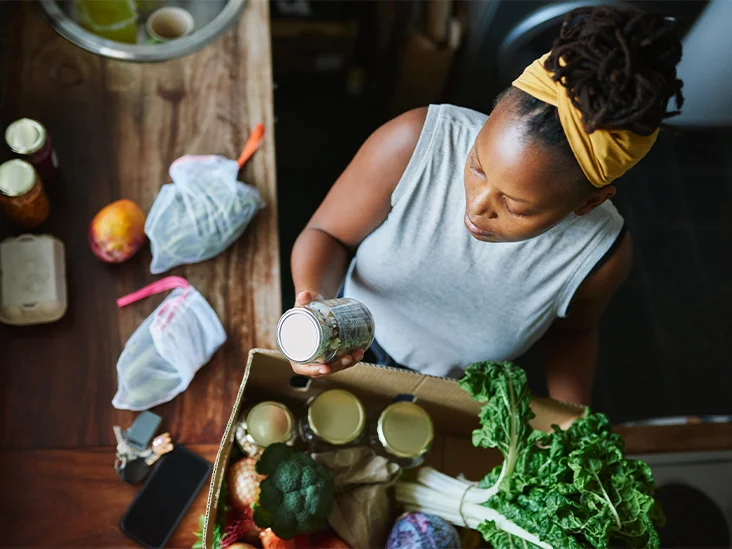Food waste is not only a major problem for the environment, it also costs you money. The EPA estimates that each household throws away $372 worth of food a year.
The good news is that there are plenty of strategies you can use to reduce your food waste in the kitchen and save money while doing it. Here are a few of them.
1. Plan your meals ahead of time
Taking the time to plan your meals ahead of time is one of the most important strategies for reducing food waste in the kitchen. Not only will it save you money and help boost your nutrition, but it’ll also prevent you from making poor food choices when you’re hungry.
This strategy is especially useful if you’re trying to lose weight. By eating smaller portions, you’ll be less likely to overeat, which can help you reach your goals.
You can create your meal plan using a paper, note-taking app, or any other tool that works best for you. Just write down a list of the meals you want to make, and make sure that each one has the ingredients needed.
2. Take smaller portions
Taking smaller portions is one of the best ways to minimize food waste in the kitchen. Not only does it save you time and money, but it also reduces your chances of cross-contamination.
A small serving of pasta or rice is about the size of an ice cream scoop, and a quarter cup of fruit is the size of a palm. Using the right tools such as measuring spoons and bowls will keep you from going overboard. It also helps to have a stocked pantry for those times when you’re short on ingredients. If you’re pressed for time, try planning your meals ahead of time to maximize time in the kitchen and save on unnecessary grocery trips. It may seem like a tall order to be able to cook all your meals at home, but it’s worth the effort.
3. Use leftovers
Leftovers from a meal you’ve cooked are a great way to reduce your food waste. They can be used in new meals or turned into something different, such as a pie or pasta salad.
Left over roasted chicken, turkey or pork can be used as a base for a delicious soup. Try mixing it with leftover veg and adding some breadcrumbs or a few fresh leaves for an extra protein boost.
If you’re reheating leftovers, make sure they reach 165 degrees Farenheit (a temperature that will destroy harmful bacteria). Also, be sure to label the food with the date it was prepared.
4. Compost food scraps
Composting reduces the amount of organic waste that ends up in landfills, where it rots and releases harmful greenhouse gases. Instead, these scraps are recycled and turned into compost – an earthy, rich soil amendment that adds valuable nutrients to the land and protects it from erosion.
For compost to decompose, it needs a balance of green and brown materials. The brown material can include dried leaves, shredded paper, cardboard, hay, straw and wood shavings.
The green materials, including food scraps, grass trimmings and manures (not from animals) provide nitrogen. Microorganisms, such as bacteria, fungi and protozoa, help break down the organic material and aerate the soil. This increases the speed of decomposition, converts nitrogen to a usable form and repels some plant diseases.
5. Use the “best before” and “use-by” dates
When cooking, you should use the “best before” and “use-by” dates on foods to avoid food waste. These dates indicate the length of time for which a food will be at its best quality, and are a good guide when buying new foods.
However, these dates are only accurate if the foods have been stored properly and according to the instructions on the packaging.
In particular, dairy products such as milk and yogurt should be stored in the fridge to ensure they stay fresh.
But the problem is that many people still throw out these foods, believing they are no longer safe to eat. Even if the date on the label has passed, a food that looks and smells fine can still be contaminated with harmful bacteria, putting you at risk of food poisoning.




